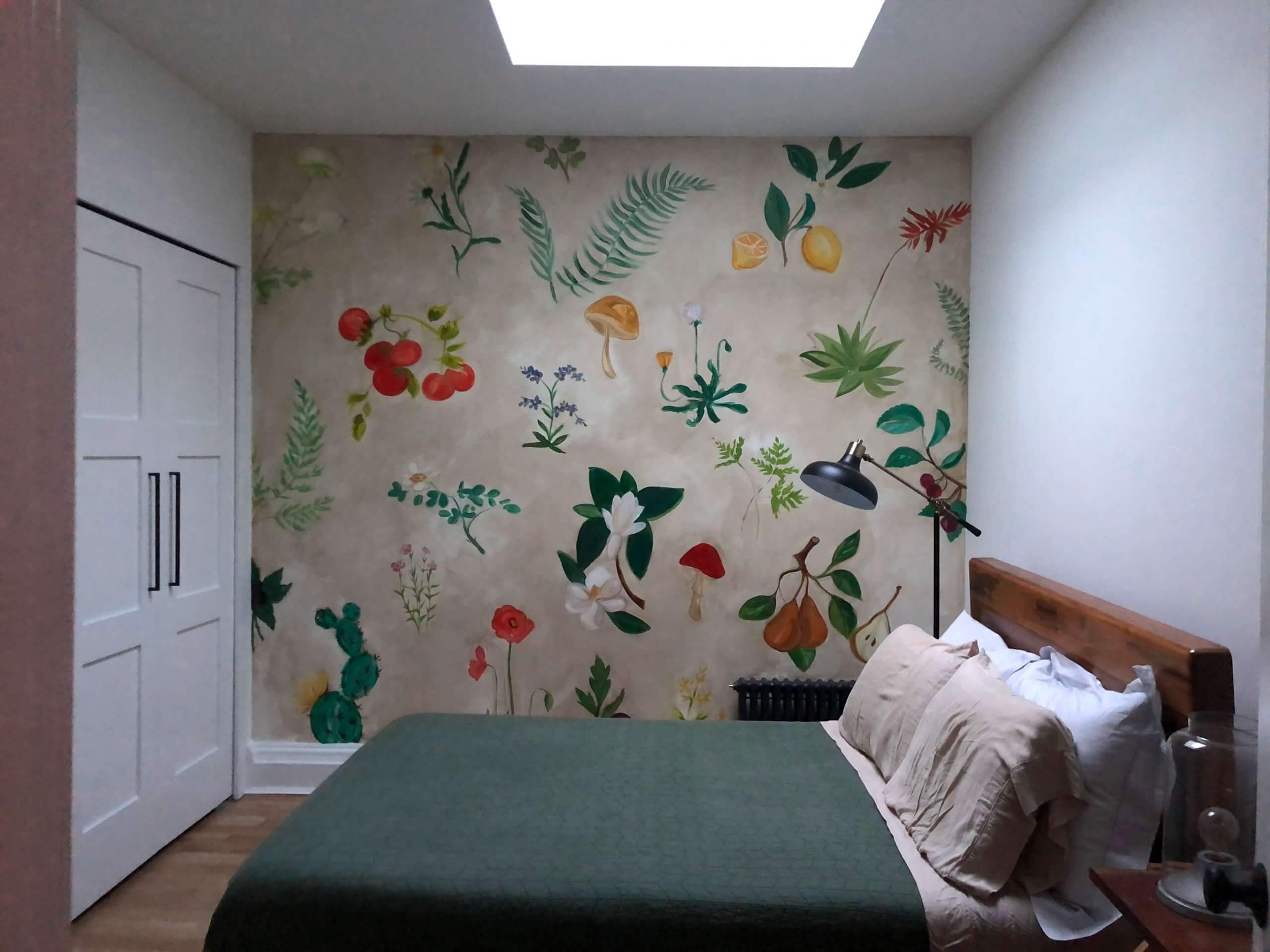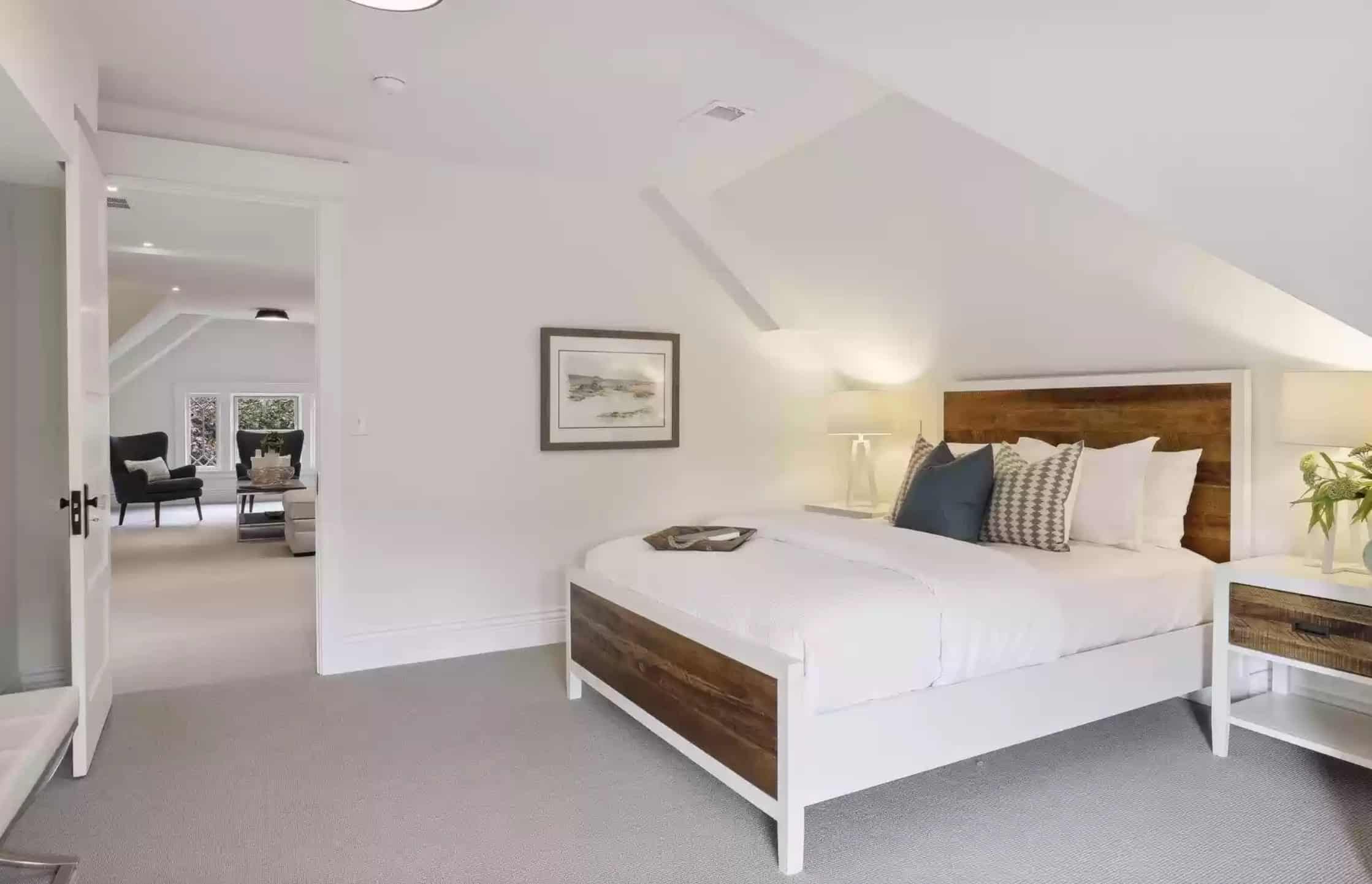Embrace the Darkness: Bedroom Ideas With No Windows

A windowless bedroom might sound daunting, but it can be a haven of tranquility and personal style. While the lack of natural light might initially seem like a challenge, it presents an opportunity to create a unique and inviting space.
Maximizing Natural Light, Bedroom ideas with no windows
A windowless bedroom doesn’t mean it has to be dark. There are strategies to maximize natural light sources, creating a brighter and more welcoming ambiance.
- Reflective Surfaces: Mirrors strategically placed on walls can reflect existing light sources, such as artificial lights or even the light from a neighboring room, effectively expanding the sense of space and brightness.
- Light Colors: Opt for light-colored walls and furniture, which reflect light better than dark shades. White, cream, and light pastels can make a space feel larger and more airy.
- Skylights: If possible, consider installing a skylight. This can bring in natural light during the day and create a connection to the outdoors.
Creating a Sense of Openness
The absence of windows can make a room feel enclosed. Here are some design strategies to combat this:
- Light and Airy Color Palettes: Choose a color scheme that evokes a sense of spaciousness. Pale blues, greens, and yellows can create a calming and expansive feeling. White or off-white can further enhance the sense of openness.
- Transparent Furniture: Furniture with glass or acrylic elements can make a room feel less cluttered and more open. This allows light to pass through, creating a sense of airiness.
- Minimalist Decor: Keep the decor simple and uncluttered. This allows light to circulate freely, making the room feel larger and more spacious.
Creating a Sense of Space and Depth
A windowless bedroom can feel cramped and suffocating, but with a little creativity, you can transform it into a haven of tranquility and spaciousness. The key is to play with visual illusions that create the impression of more space and depth.
Mirrors and Reflective Surfaces
Mirrors are your best friend when it comes to expanding a small space. By strategically placing mirrors, you can multiply the light and create the illusion of a larger room. Consider:
- A large mirror placed opposite a window can reflect natural light, making the room feel brighter and more spacious.
- A full-length mirror positioned on a wall can create the illusion of depth, extending the room’s visual boundaries.
- Mirrored furniture, such as a dresser or bedside table, can reflect light and create a sense of openness.
Beyond mirrors, you can also use other reflective surfaces to achieve a similar effect. For instance, a metallic accent wall or furniture with polished chrome accents can add a touch of sparkle and reflect light, making the room feel more expansive.
Vertical Elements
Drawing the eye upwards can create the illusion of a higher ceiling and a more spacious room. This can be achieved by incorporating vertical elements such as:
- Tall bookshelves reaching towards the ceiling can visually extend the height of the room.
- Long, vertical artwork or tapestries can create a similar effect, guiding the eye upwards.
- Floor-to-ceiling curtains can add height and elegance to the room, while also softening the edges and creating a more inviting atmosphere.
Light-Colored Walls and Furniture
Light colors reflect more light, making a room feel brighter and more spacious.
- Painting the walls in a light shade of white, cream, or pale gray can create a sense of airiness and openness.
- Choosing furniture in light colors, such as white, beige, or light wood tones, can further enhance the feeling of spaciousness.
It’s important to note that while light colors are generally preferred for small spaces, they can also make the room feel cold and sterile if not used carefully. You can warm up the space by incorporating a few darker accents, such as throw pillows, rugs, or artwork.
Maximizing Functionality and Comfort

A windowless bedroom presents a unique design challenge, but it also offers an opportunity to create a truly functional and cozy space. By strategically planning your layout and incorporating clever design elements, you can transform your bedroom into a haven of comfort and practicality.
Designing for Multiple Uses
A windowless bedroom can be a versatile space that accommodates multiple activities. To maximize functionality, consider designating specific zones within the bedroom for different activities, such as sleeping, reading, and working.
- For sleeping, prioritize a comfortable bed with quality bedding and ensure ample space for movement.
- A designated reading nook can be created with a comfortable armchair, a reading lamp, and a small bookshelf. This allows for a dedicated space to unwind and escape into a good book.
- For working, consider a desk with adequate lighting and storage solutions. A separate workspace can help maintain a clear distinction between work and relaxation.
